Travel Advice for Dubai: Navigating Safety and Enjoyment
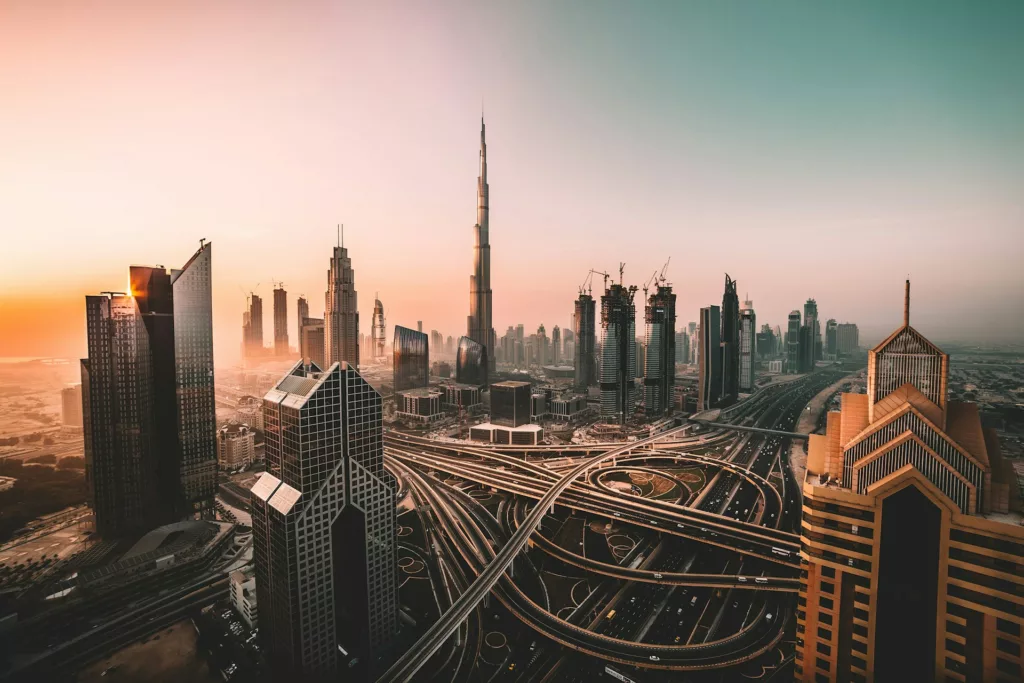
Dubai, one of the seven emirates of the United Arab Emirates (UAE), is a vibrant city known for its modern architecture, luxury shopping, and rich cultural experiences. However, recent geopolitical tensions in the region have raised questions about safety for travelers.
Exploring the World for Free: Guide to Couchsurfing

Couchsurfing is a unique travel concept that connects adventurous travelers with local hosts offering free accommodations, primarily on their couches.
The Dolomites: A Majestic Adventure Awaits!
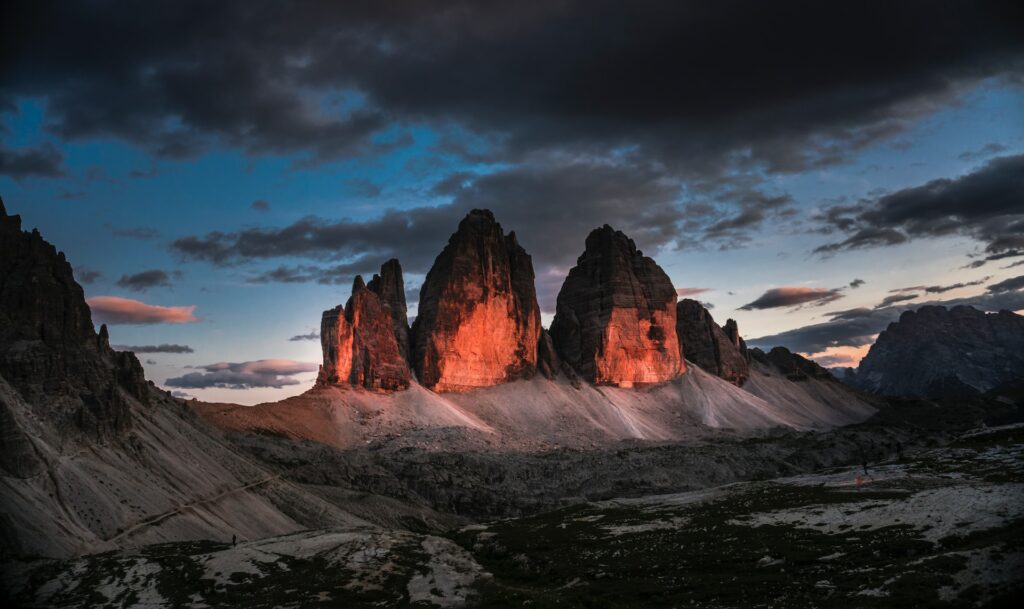
Discover the enchanting beauty of the Dolomites, a UNESCO World Heritage Site in northeastern Italy. Explore dramatic peaks, serene lakes like Lake Braies and Lake Sorapis, and iconic spots such as Tre Cime di Lavaredo. Plan your adventure from Rome or Milan, immerse in outdoor activities, and experience the magic of this breathtaking mountain range. Start your journey today and let the Dolomites captivate your soul.
DJI Avata vs Avata 2: A Deep Dive into the FPV Powerhouses
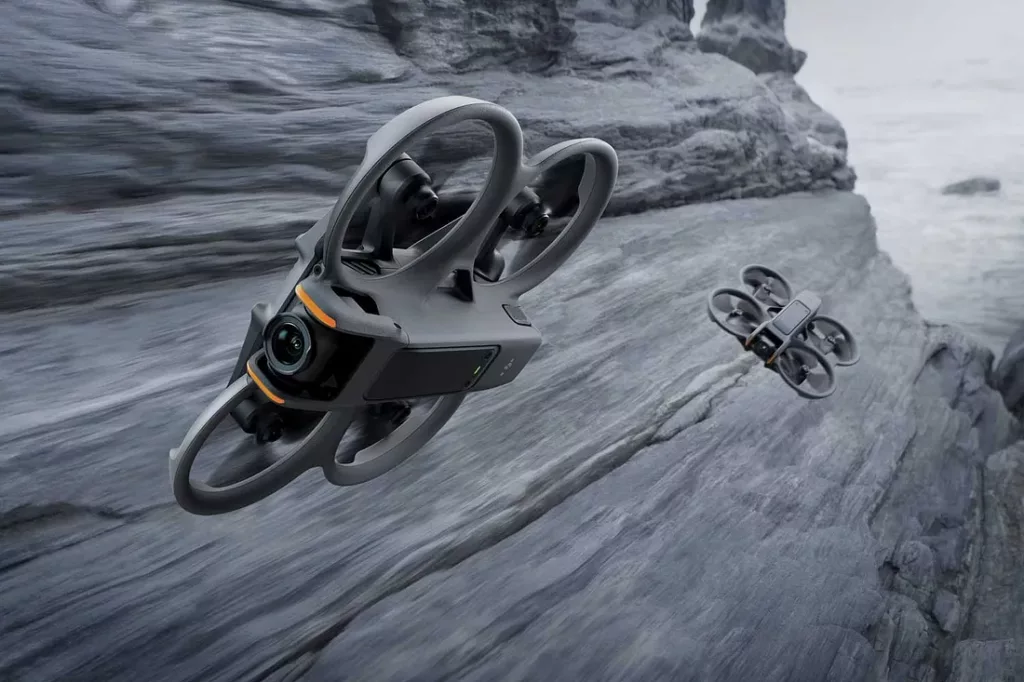
The world of FPV drones continues to evolve, and DJI’s Avata series stands as a testament to that. While the Avata 1 paved the way for user-friendly cinematic flying, the Avata 2 promises to elevate the experience further.
Best Accommodation in Val Gardena, Italy
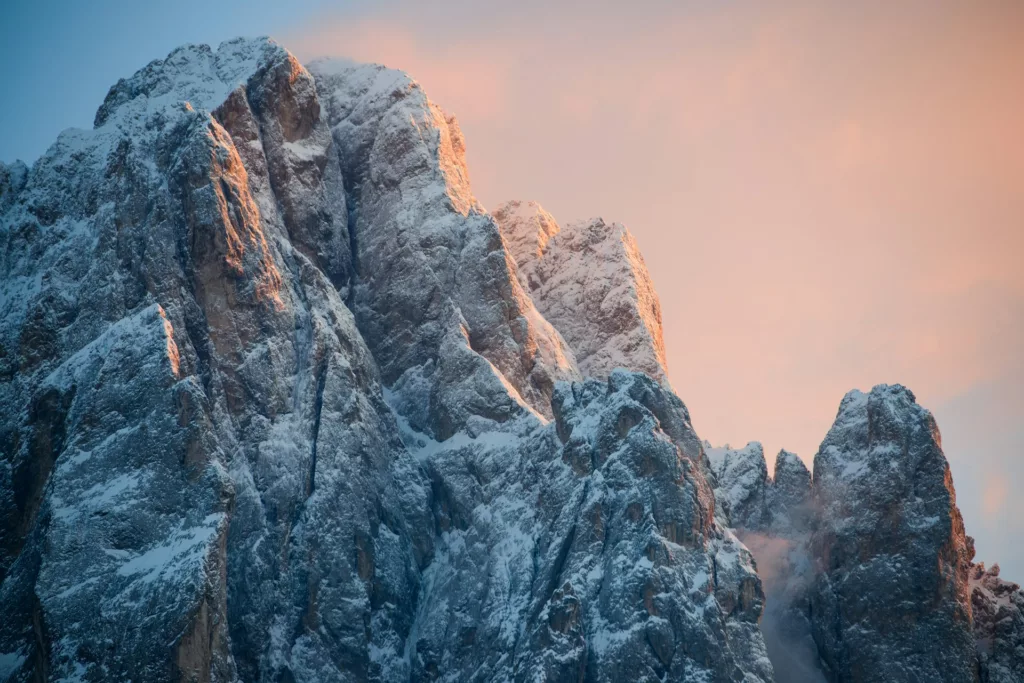
Whether planning a ski trip, a summer hiking adventure, or a relaxing getaway, Val Gardena offers various accommodation options to suit every taste and budget.
DJI Neo Review: The Budget-Friendly Drone That Packs a Punch
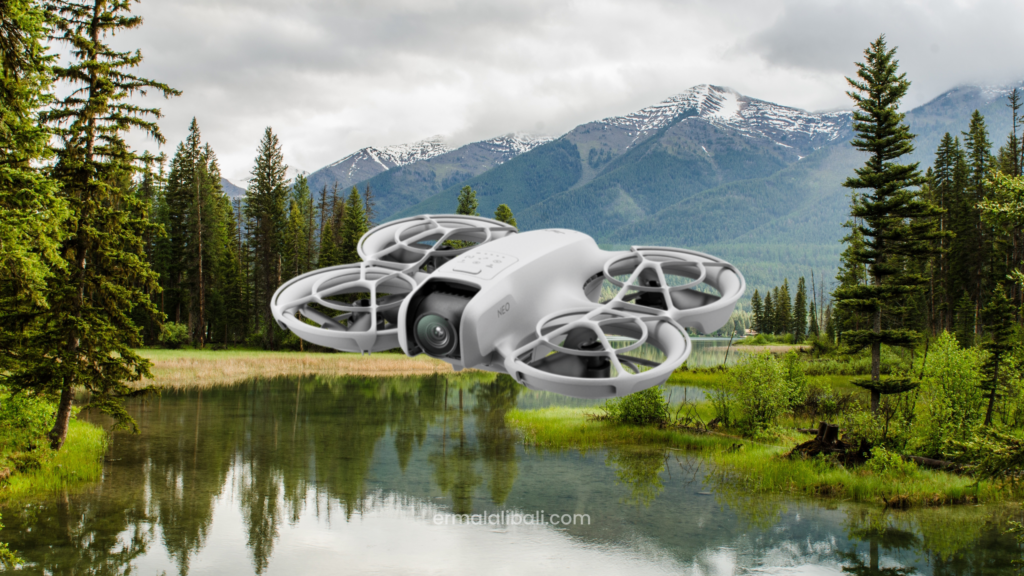
Discover the DJI Neo, an affordable, lightweight drone perfect for beginners and content creators. Capture stunning 4K video, enjoy easy controls, and explore pro features starting at just $199.
Rome: Complete Guide to Public Transportation
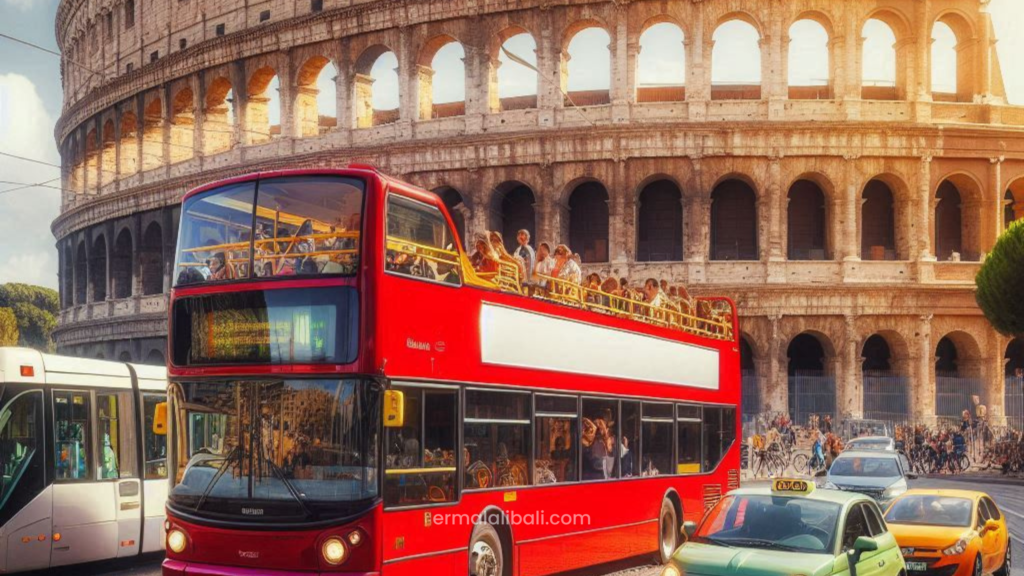
Here’s a detailed guide on how to move around Rome using public transportation by a local, including the current status, ticket types, prices, and everything you need to know.
Best Spots in Rome for Sunset Lovers
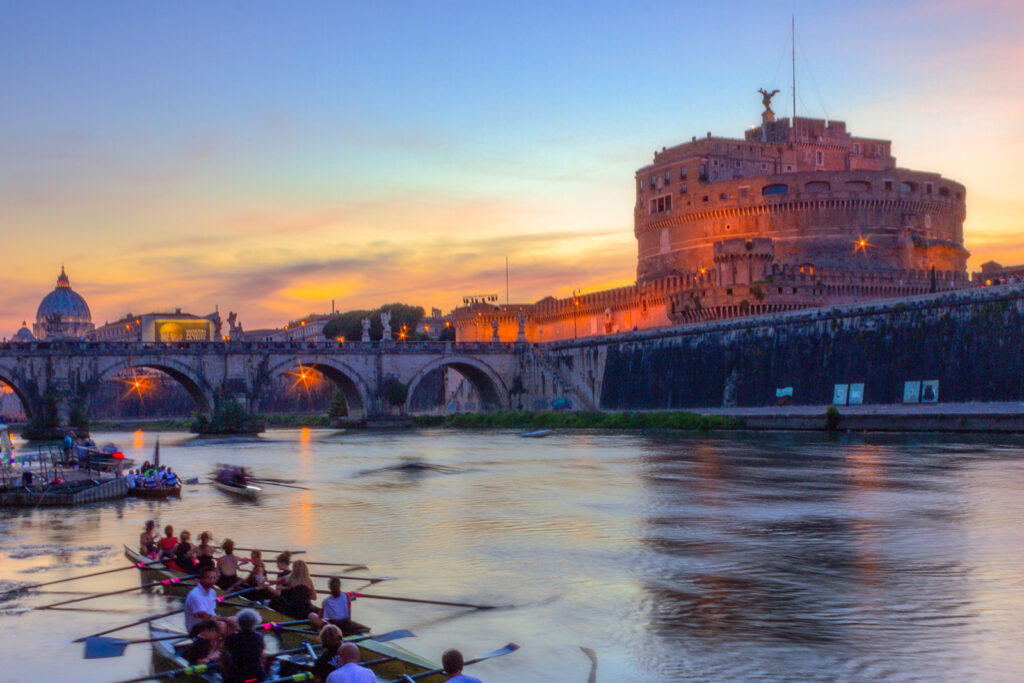
Whether you’re a romantic at heart or simply love the beauty of a setting sun, here are some of the best spots in Rome to catch that perfect sunset. Trust me, I’m a Local!
Fly in Iceland: A Complete Guide to Using Your Drone
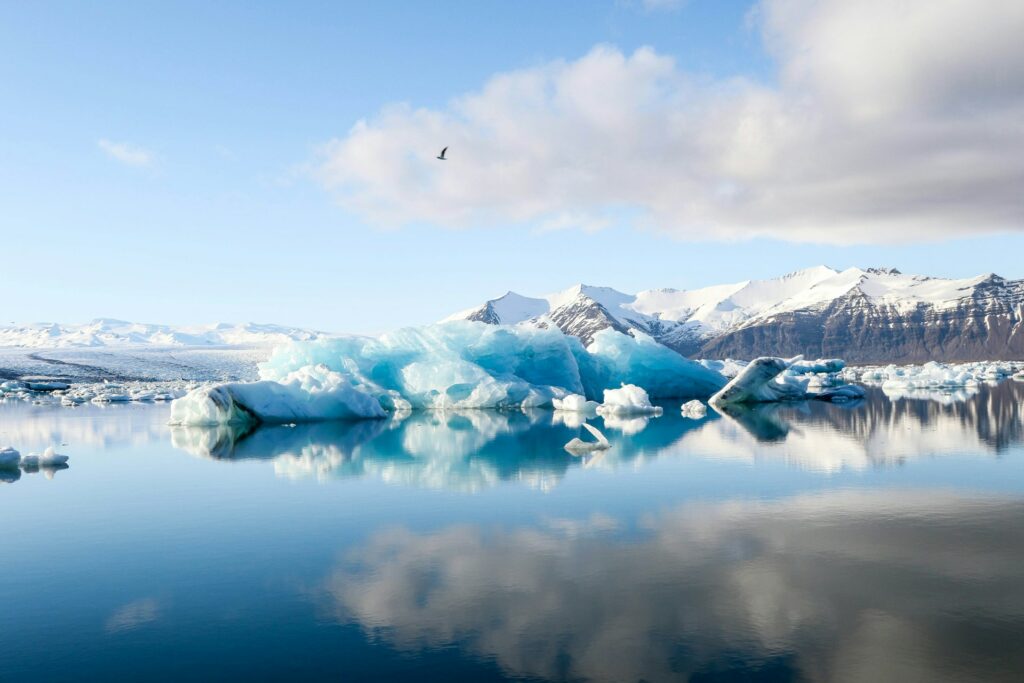
What are the rules to follow in Iceland for flying a drone? What type of drone can you bring? To answer all these questions, I’ve created this complete guide, where you’ll find everything you need to know to fly your drone in Iceland safely, responsibly, and legally.
D-Day Line: Your Journey Through History
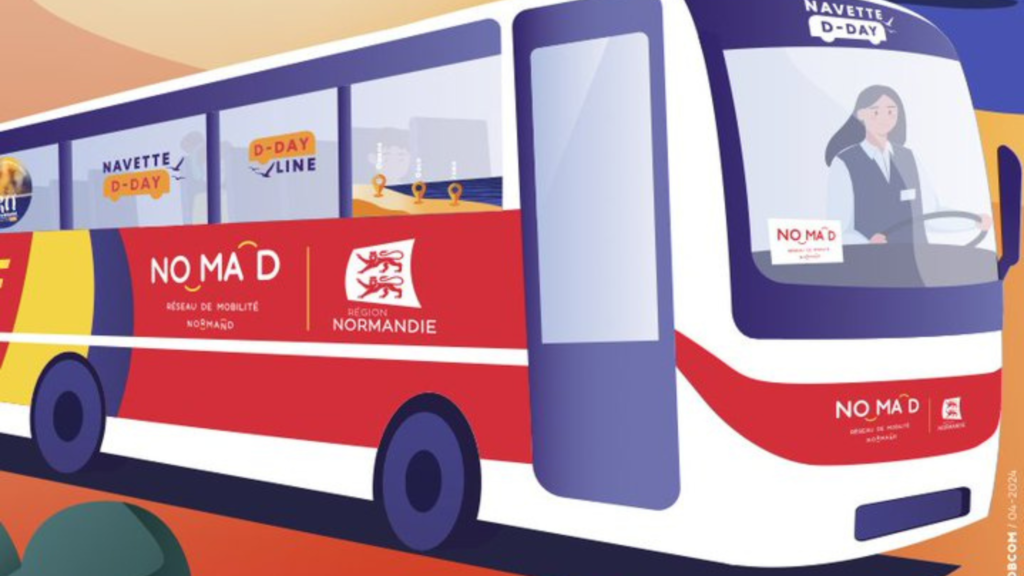
The D-Day Line: this convenient shuttle service whisks you away to the iconic beaches of Normandy, where history unfolded on a grand scale. Explore the hallowed grounds of Omaha, Gold, and Juno beaches, immersing yourself in the stories of bravery and sacrifice that shaped the world.